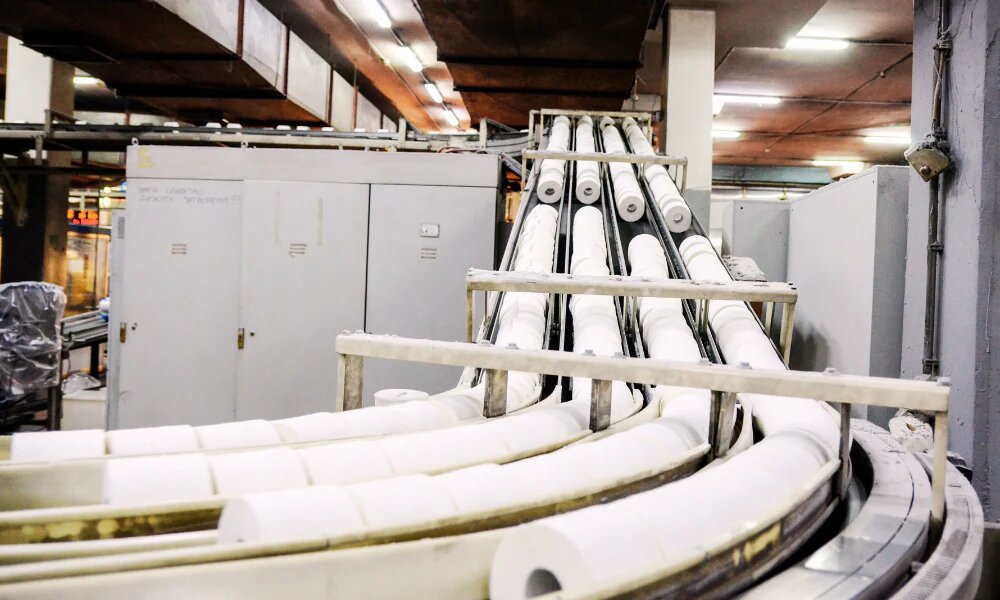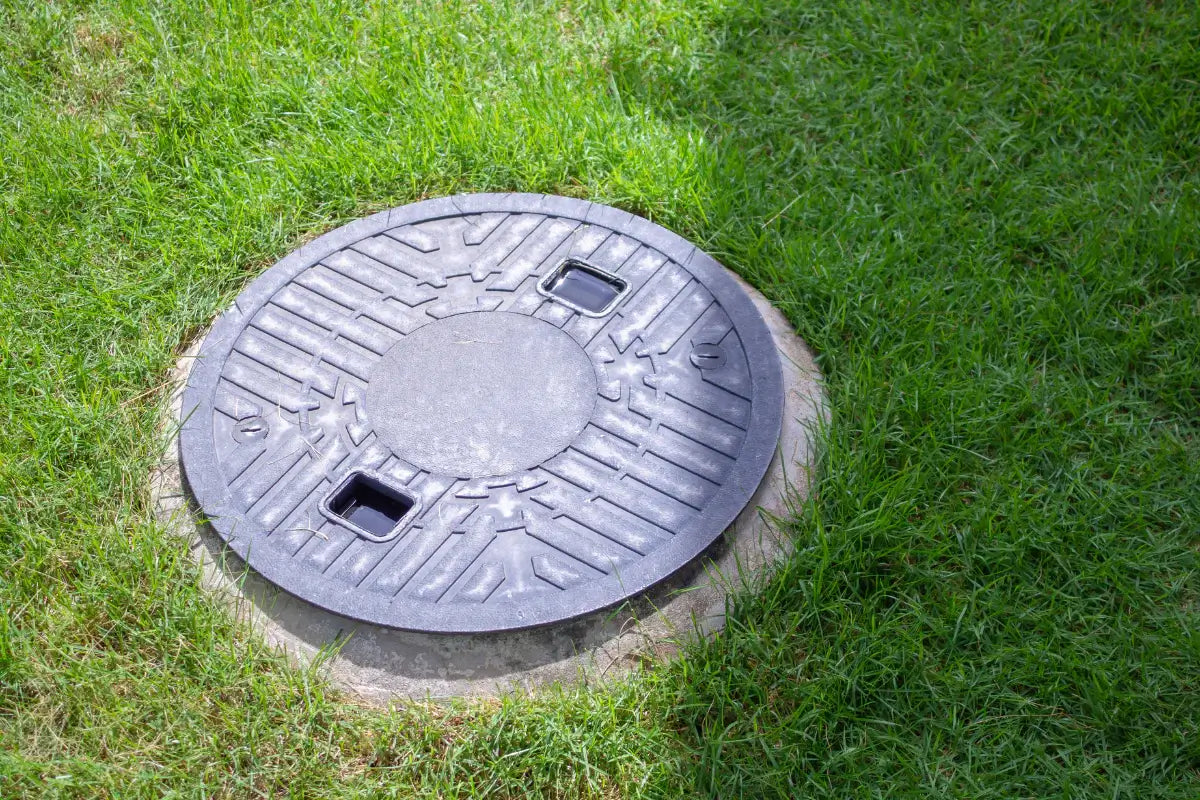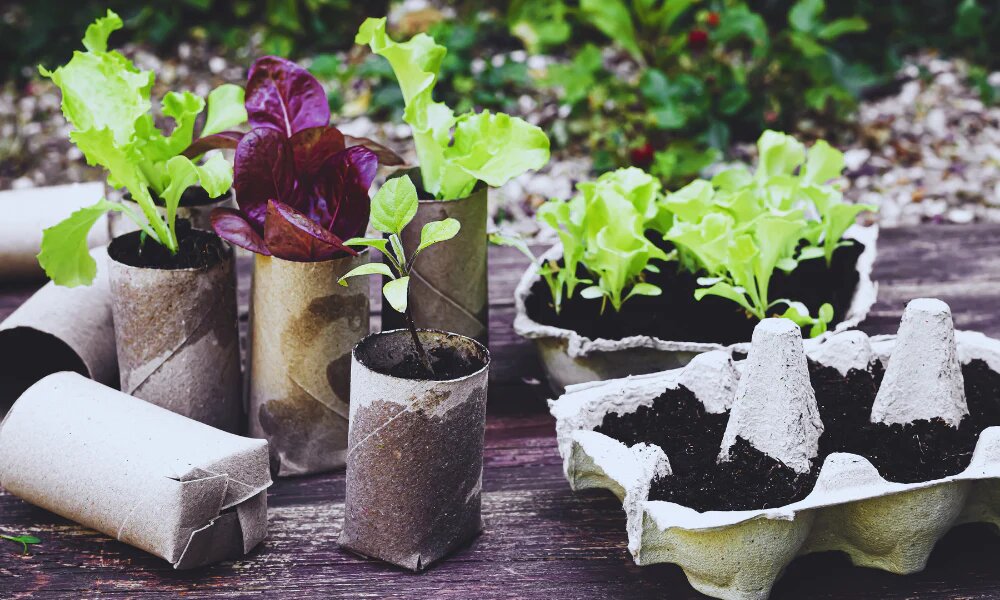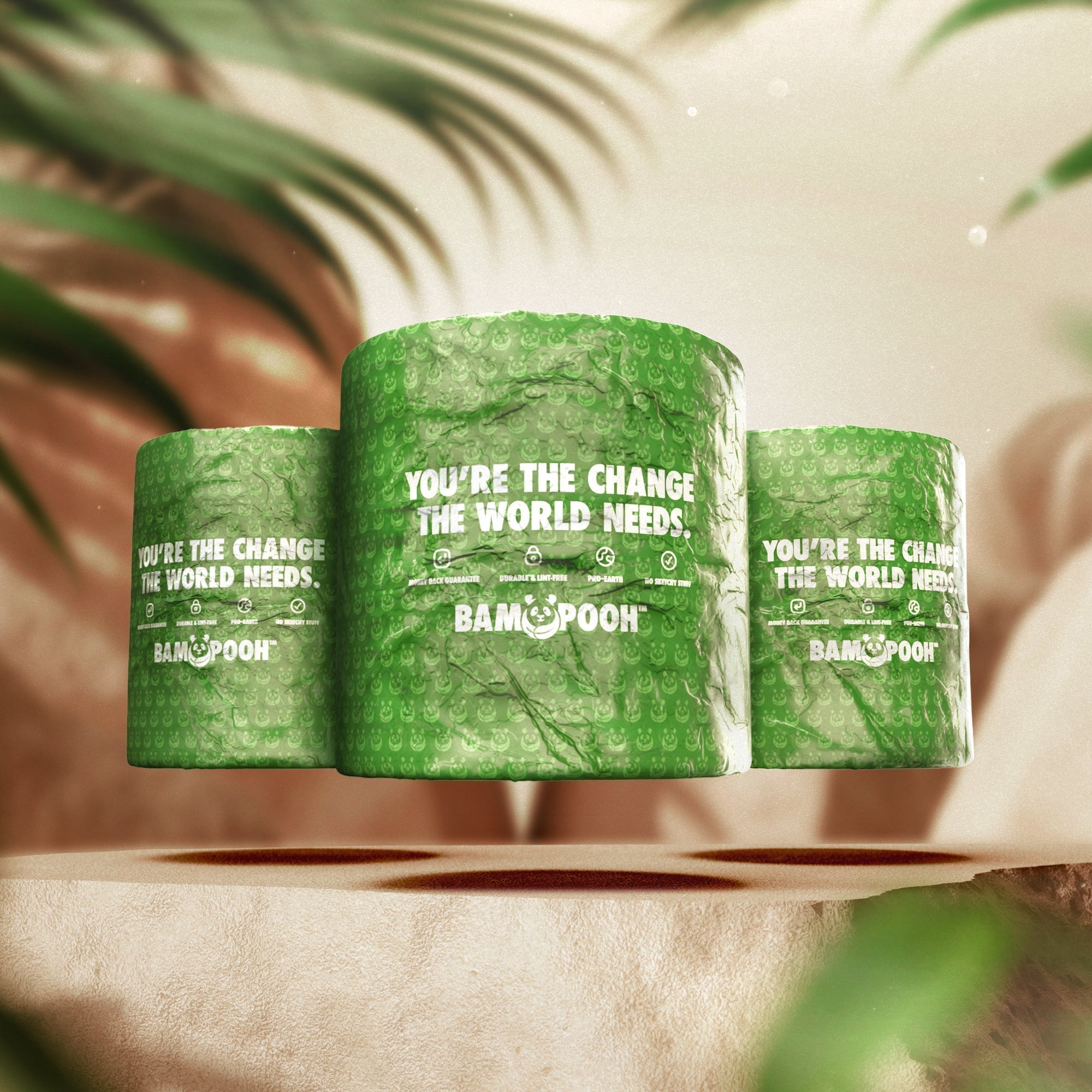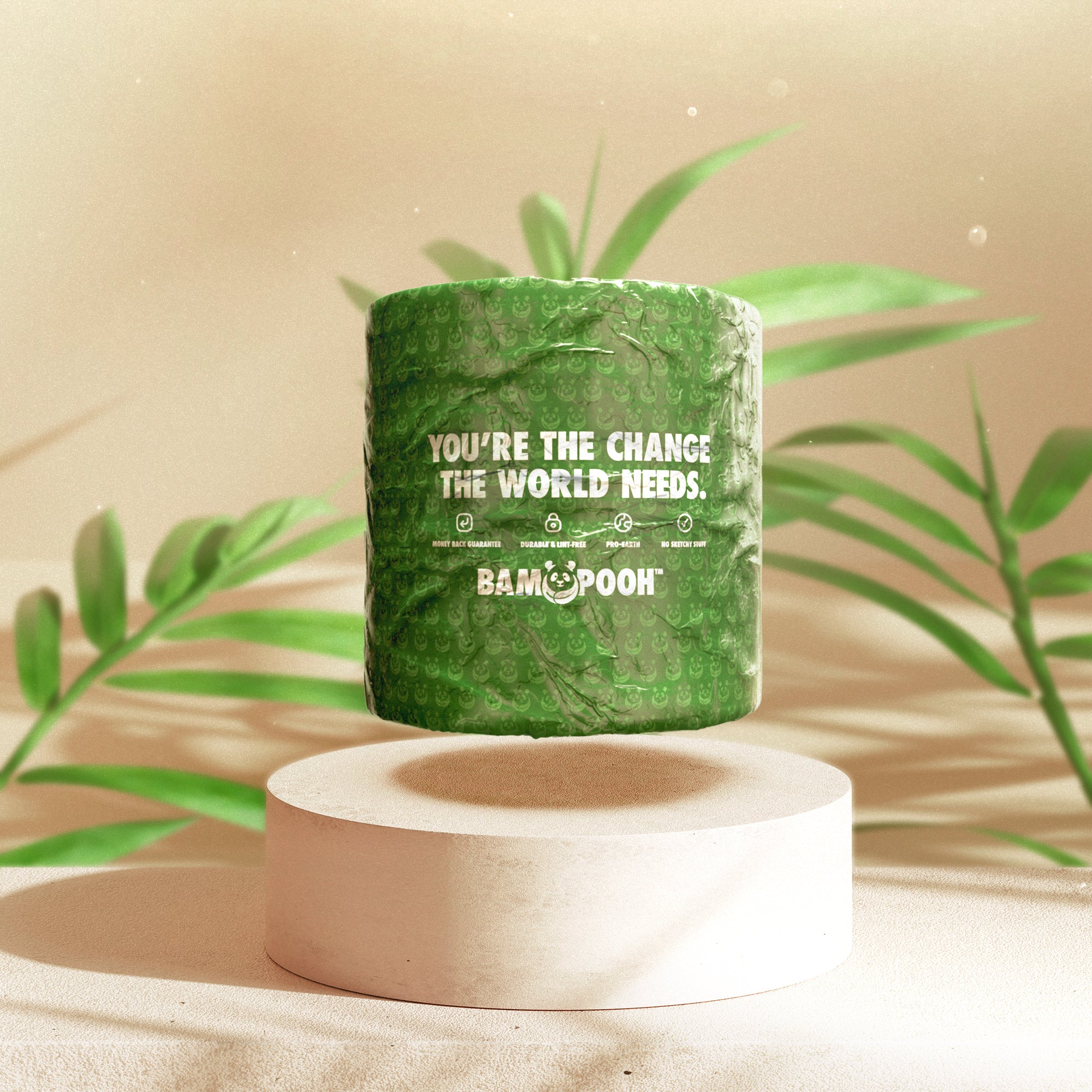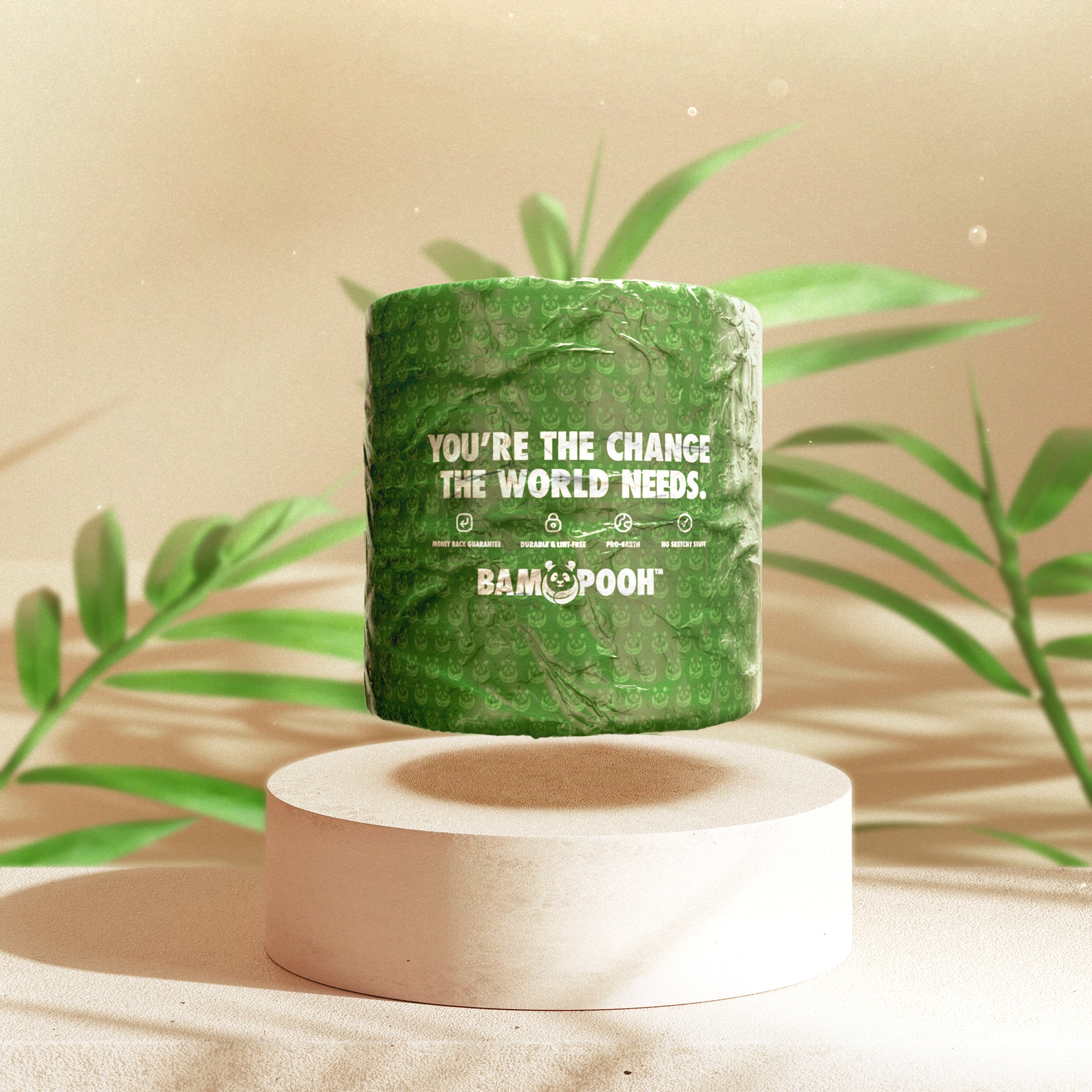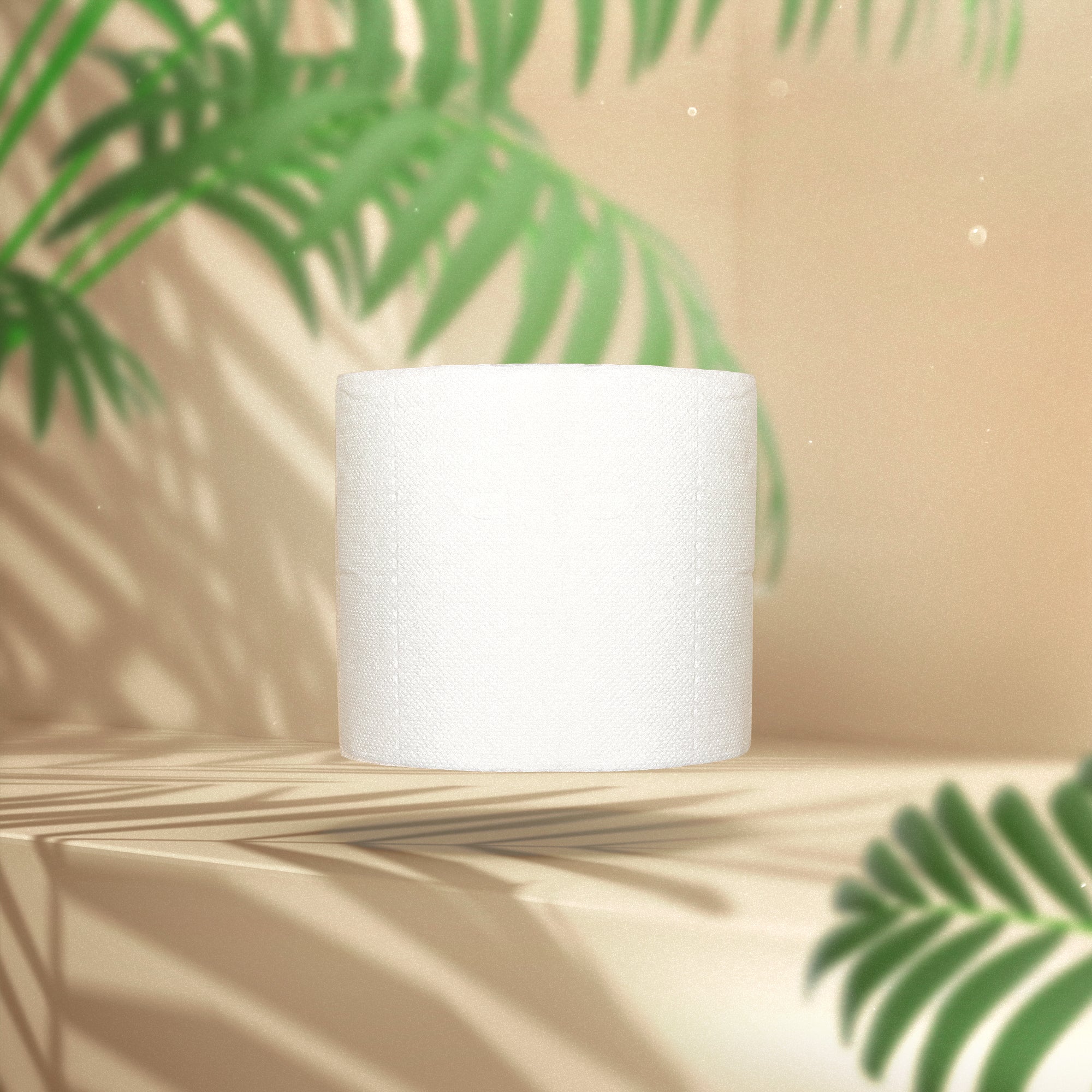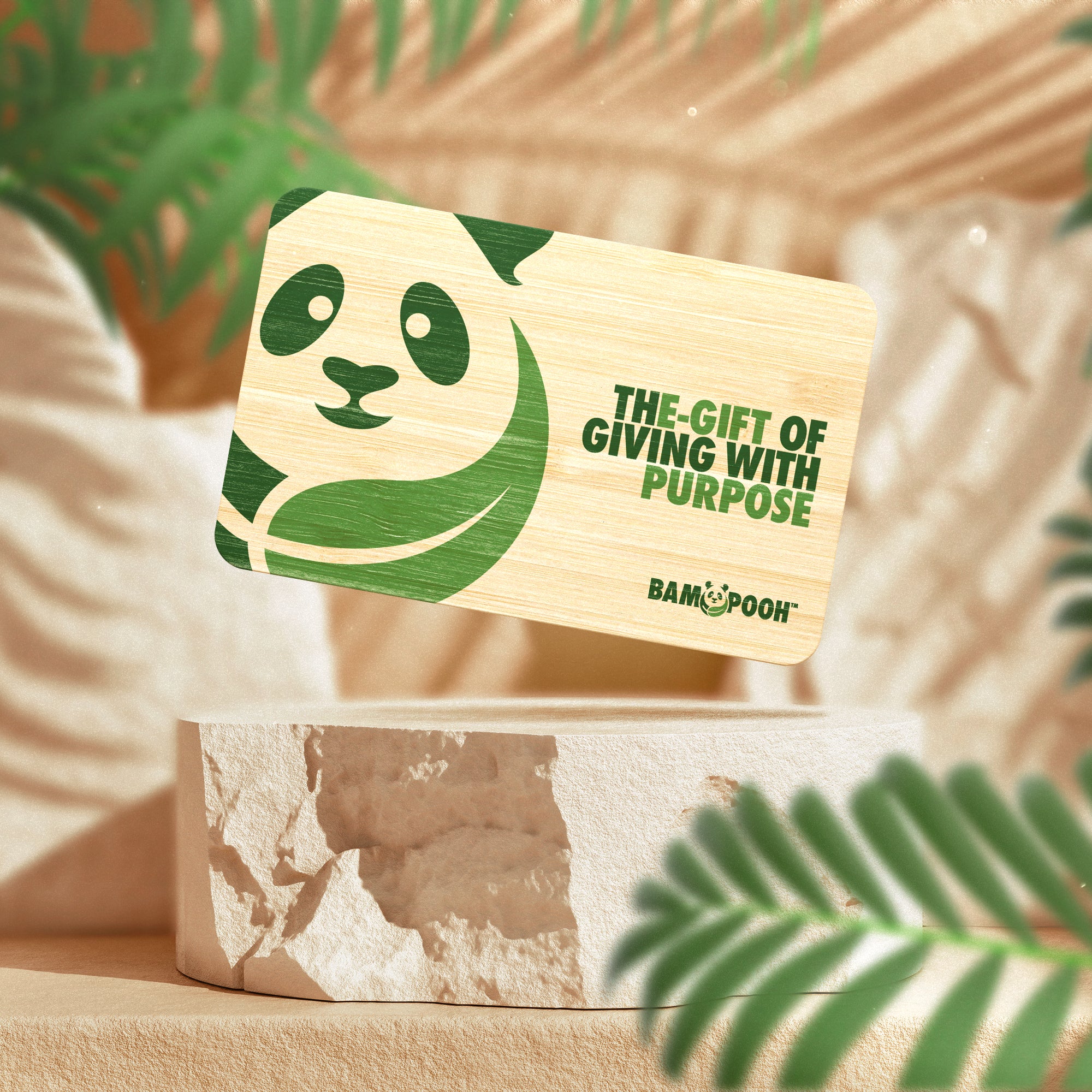In today's time, more and more people have become more conscious of their carbon footprint and the environmental impact of daily choices. Toilet paper is an essential commodity everyone needs, but have you ever considered its impact on our planet? Not all toilet papers are created equal, and that's where sugarcane toilet paper comes into the picture. In this blog, we explore the production process of sugarcane toilet paper and why it's a sustainable alternative worth considering.
Harvesting Sugarcane
The production of sugarcane toilet paper begins with harvesting the sturdy stalks of sugarcane. It's one of the most robust crops that grow in tropical climates and has a significant environmental advantage over wood pulp. Sugarcane renews and grows more quickly after harvesting, with some fields producing crops within a year of the previous harvest. This level of rapid growth makes it far more sustainable than wood pulp, which can take many years to grow and harvest, damaging the habitat of thousands of plant and animal species in the process.
Pulping Sugarcane
Once the sugarcane has been harvested, it's taken to the processing factory where it goes through a process of pulverization that separates its fibers from the bark. This process doesn't use any chemicals or dyes, so the resulting fibers are completely natural and bleach-free. The paper-making process uses a high percentage of post-consumer recycled paper and FSC-certified paper, which means that the sugarcane toilet paper is a great sustainable option. The fibers are rolled out into long sheets that are laced together to form a roll of toilet paper.
Production Of Sugarcane Toilet Paper
After the rolls have been formed, the sugarcane toilet paper is then tested for various standards such as softness, absorption, durability, and strength to ensure quality. Once the tests are completed, the rolls are sent for packaging, where the materials used are environmentally friendly too. The cardboard tubes used for the toilet paper rolls are recyclable as well.
Benefits Of Sugarcane Toilet Paper
Using sugarcane toilet paper is a fantastic way to minimize your carbon footprint. The process of creating toilet paper from sugarcane is eco-friendly as it uses a natural and renewable resource. It's tough to ignore the fact that sugarcane has a lower carbon footprint than wood pulp, which goes through an entire process of harvesting, debarking, grinding, and bleaching. In comparison, sugarcane pulp is ready to be shaped into rolls without these extra treatments. It's also important to note that sugarcane fiber can provide a better quality of toilet paper as it is much stronger and more absorbent.
In Conclusion
Choosing sugarcane toilet paper is a choice that aligns your values with your everyday practices. The production of sugarcane toilet paper is environmentally friendly and uses a natural and renewable resource. It's vital to make environmentally friendly choices that have a greater impact on the planet, and changing your toilet paper is a small step in creating an eco-friendly home. So, now that you know how sugarcane toilet paper is made, make a sustainable choice and make the switch to Bampooh sugarcane toilet paper today!


